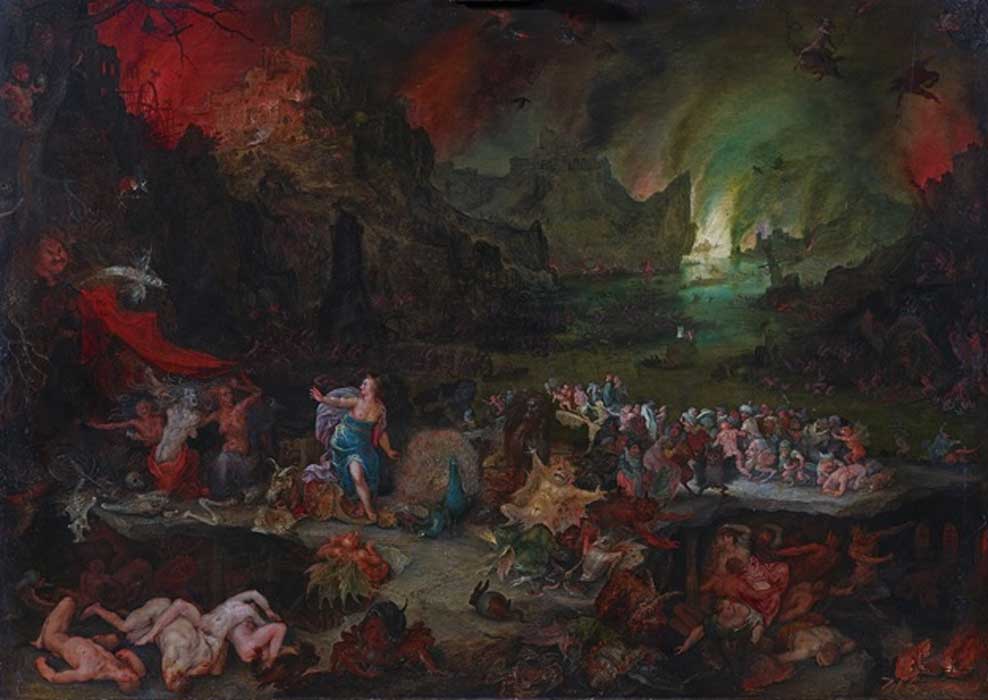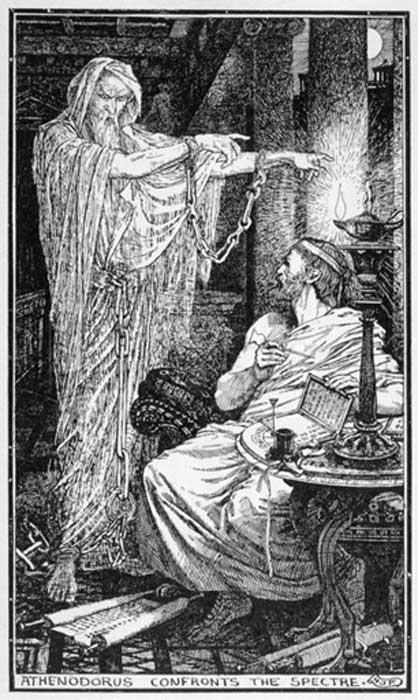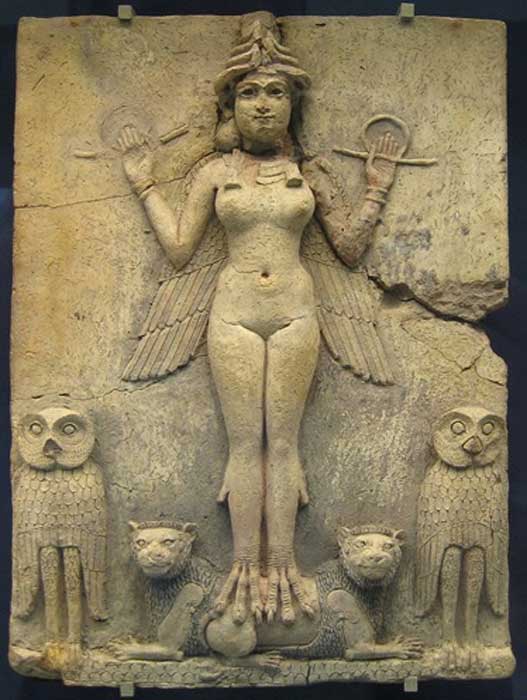
Hungry Ghosts and Spirits of the Underworld
Ghosts, specters and the souls of the dead have always held a fascination for mankind who believe they return to haunt the living to satisfy their hunger in the Underworld. In the first century AD, Roman author Pliny the Younger recorded one of the first notable ghost stories in his letters in which he started by asking: “I am extremely desirous therefore to know your sentiments concerning specters, whether you believe they actually exist and have their own proper shapes and a measure of divinity, or are only the false impressions of a terrified imagination?”. Pliny reported that the specter of an old man, “extremely meagre and squalid, with a long beard and bristling hair”, rattling chains on his feet and hands, was haunting a house in Athens. Centuries later, in 856 AD, a poltergeist was reported at a farmhouse in Germany where it tormented the family living there by, among other things, throwing stones and starting fires.

The Greek Stoic Philosopher Athenodorus Rents a Haunted House by Henry Justice Ford (1900) (Public Domain)
The concept of a ghost, or specter, is based on the ancient idea that a person’s spirit may continue to exist after that person dies. Ancient societies began to use funeral rituals as a way of ensuring that the dead person’s spirit would not return to haunt the living. At the Lemuria festival in May, the pater familias of the ancient Romans walked barefoot around the house at midnight, throwing black beans over his shoulder to pacify any ancestral spirits who might be vengeful because they did not have a proper burial. Ovid, in Fasti (book 5), alleged that the origin of this ancient festival was that it had been instituted by Romulus to appease the spirit of Remus who says: “My brother willed not this: his love’s a match for mine: he let fall upon my death – ‘twas all he could – his tears. Pray him by your tears, by your fosterage, that he would celebrate a day by signal honor done to me.” Evidence has also been found of ordinary people using incantations throughout the year to call on the dead to help the living.

"Burney Relief" or the "Queen of the Night" of Ereshkigal (British Museum /CC0)
Living in the Underworld in Mesopotamia
In Mesopotamian religion, Irkalla, the Underworld, is ruled by the goddess Ereshkigal and her consort Nergal, the god of war. When Nergal entered the Underworld for the first time, the gatekeeper Neti allowed him through the seven gates of the Underworld while stripping him of everything until the throne room. When he reached the throne, Ereshkigal agreed to marry him and share her power with him. However, as Nergal must still leave the Underworld for six months, Ereshkigal returned his demons to him and allowed him to divide his time between the upper and Underworld every year.
Like Nergal, spirits of the dead spent some time traveling and overcoming obstacles to reach the Underworld. The Anunnaki, the court of the Underworld, welcomed all spirits and received their offerings. The court then explained the rules and assigned the spirits their fate and position in the Underworld as they would hold a position in society in much the way they had when they were alive. Another court was presided by the sun god Shamash, who visited the Underworld on his daily rounds. Shamash also sometimes punished any ghosts that caused problems for the living as well as sharing out funerary offerings to ghosts who no longer had living relatives to make offerings for them.

Gilgamesh between two Steer people. (National Museum Aleppo) (CC BY-SA 3.0)




